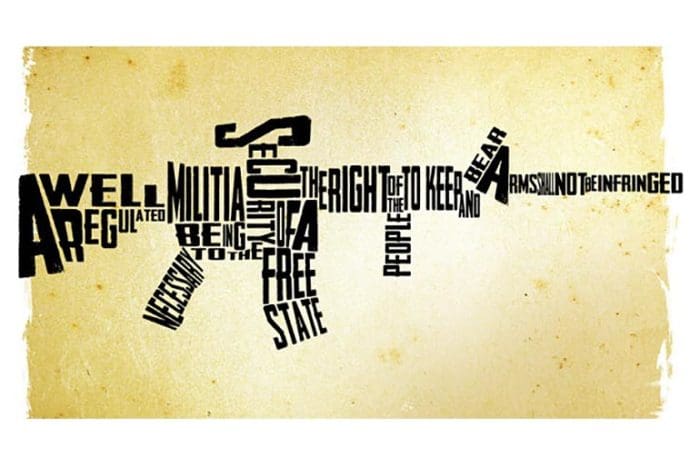Last night we included a link in the daily digest to a post by Ryan McMaken at lewrockwell.com entitled Why We Can’t Ignore the “Militia” Clause of the Second Amendment. It deserves special attention as it’s a wonderful survey of the history of the militia in this country, a review of the thinking and writing of the Founders on the subject, and a very rational review of the differences between an “organized” and an “unorganized” militia.
As Brion McClanahan has shown, the Second Amendment — like the First Amendment — was never written to apply to the states themselves, but to Congress. The states were still free to regulate the ownership of weaponry in their own constitutions and by their own legislatures. Most state governments, however, elected to include provisions in their own constitutions protecting private gun ownership as an element of the state’s overall militia strategy.
This is understandable given the long tradition of the “unorganized militia” in American history. While some advocates of gun control might claim that gun ownership is guaranteed only to those engaged in active militia service, this idea is directly opposed by the provisions in state constitutions guaranteeing private gun ownership and a general inclusion in the militia of all able-bodied males. This notion was recognized by policymakers even before ratification of the federal constitution, as noted by legal historian David Yassky.
The article also pinpoints the exact moment the Second Amendment was relegated to second class status as an enumerated right. Not only the exact moment, but the reason.
Ironically, though, Parker’s explanation and defense of the Militia Act of 1903 serves largely as an unwitting epitaph and eulogy for the idea of the unorganized militia in the US. The National Guard, as created by the Militia Act, would spell the doom of the unorganized militia in the US, and serve to completely undermine the Second Amendment and its defense of decentralized military power in the US.
As a glimpse of the depth and breadth of the analysis (it’s a short article), there is even notice given of how the Founders would have viewed today’s “militia” and the National Guard.
Clearly, this stands in contrast to the idea of today’s National Guard. According to Yassky:
the Founders’ did have a concept that approximates today’s National Guard — but it was a concept they disapproved. This is the “select militia” — a specially trained part of the citizenry. To the Founders, a select militia was little better than an army. The Philadelphia Convention explicitly rejected a proposal to create a “select militia” for the federal government, as did the Third Congress. The Constitution’s proponents, moreover, repeatedly denied Anti-Federalist charges that Congress’ power to “provide for training” the militia would lead to creation of a select militia.
As a primer on the concepts of “gun rights” in America, the article is pro-2A argument gold for fighting off claims that the Founders intended gun ownership to be only a collective right. It deflects the civilian disarmers’ attacks that purport to prove the National Guard is the same entity as the militias of old.
In short, I invite you to, if you haven’t already, click on the link and read the entire referenced article. Then, after some consideration, comment here with your analysis.
We need this exercise to help focus on the issues at hand, formulate appeals for returning to the ideas of the Founders, and to publish proactive messages wherever we are still allowed.
